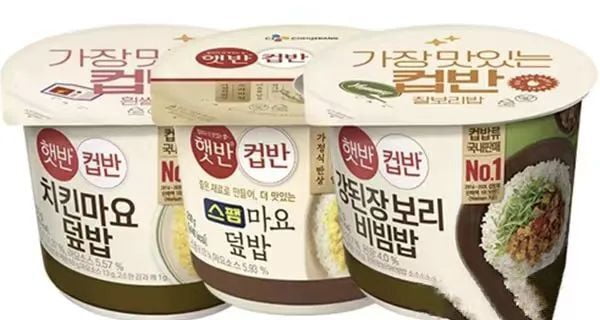South Korea's CJ Daiichi Sugar Company recently announced that they have successfully developed a new technology called "Compostable Laminating Paper Technology". This technology enables, for the first time, a compostable coating for cooking in microwave ovens using a biodegradable, bio-based material called PHA. This technology improves durability and heat resistance compared to existing compostable laminates and achieves marketability similar to petroleum-based laminates.
To create this compostable coating, CJ First Sugar blends PHA, a flexible bio-based material, with highly heat-resistant PLA. This coating rivals petrochemical coatings such as polypropylene (PP) and polyethylene (PE), is resistant to cracking and can withstand cooking heat. The coating is expected to have high utility not only for paper cups, but also for various paper food packages such as cup tops that are poured with hot water and laminated rice containers that require microwave heating.
In addition, while PLA needs to be broken down in an industrial composting facility, the blend of PHA improves the biodegradability of the material and can even be broken down in a home composting environment. As a result, the sustainability of the packaging is expected to improve.
This new technology also overcomes the productivity limitations of bio-based materials. Compared to petroleum-based materials, biobased materials are susceptible to high temperatures and therefore are not suitable for large-scale packaging material manufacturing methods for high-speed production by heat treatment. However, CJ Daiichi Sugar has succeeded in developing an optimal process for the mass production of packaging materials using bio-based materials at relatively low temperatures.

CJ Daiichi Sugar plans to apply this technology to paper containers for Hetban Cupban, an instant rice product designed for microwave cooking, in the first half of next year, and gradually expand its application to various other paper-based food packaging materials. This innovation is expected to promote the sustainable development of paper-based food packaging and reduce its environmental impact.

